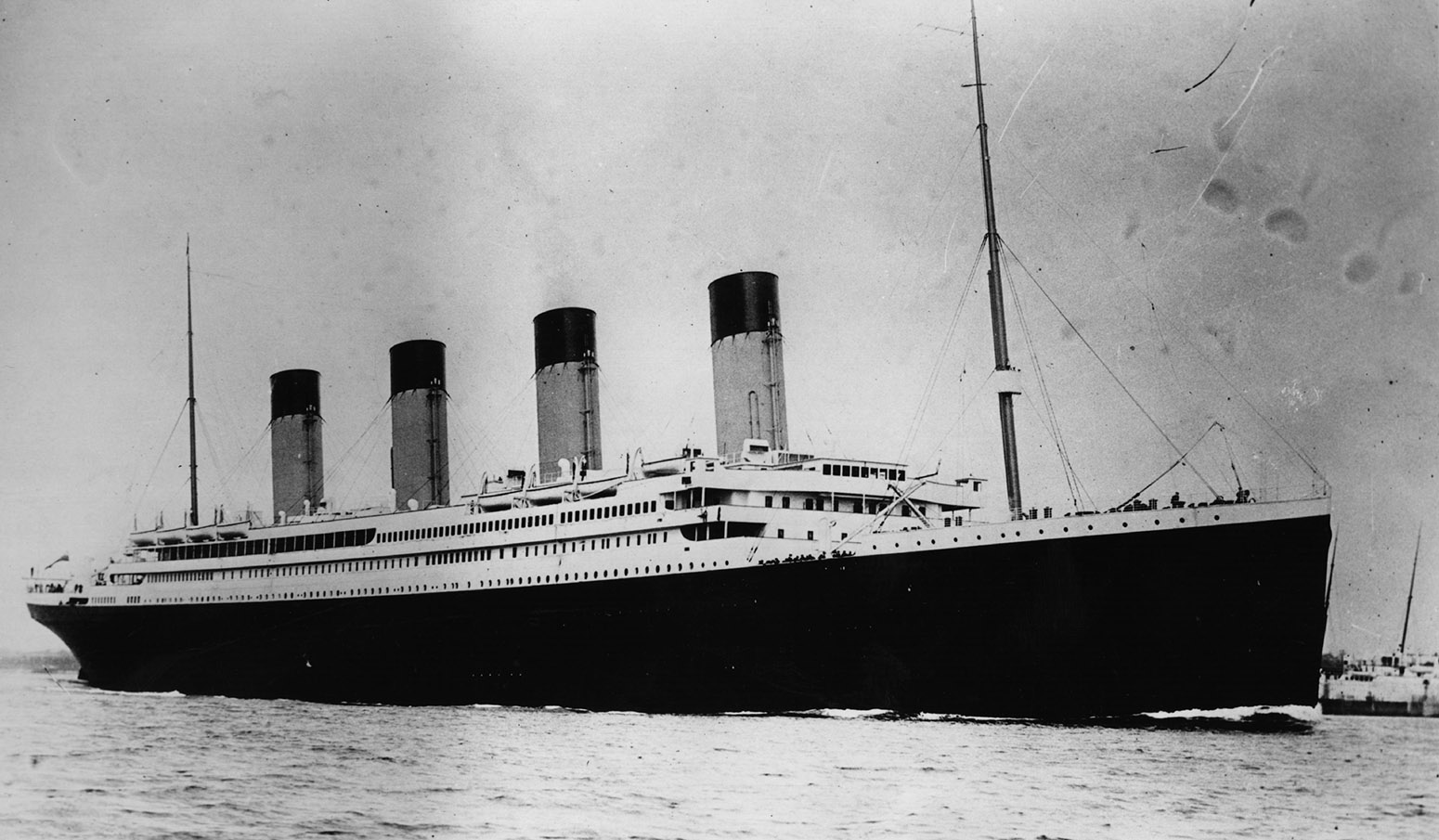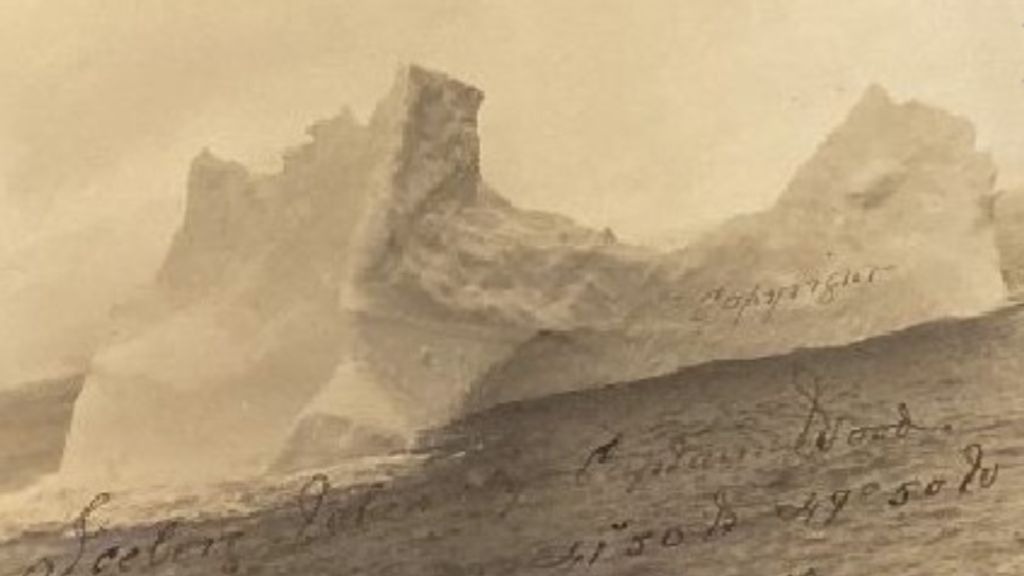ON THIS day, 109 years ago, one of the world's most famous catastrophes was about to take place.
On the night of April 14, 1912, the RMS Titanic, the largest and most impressive ship ever built at the time, crashed into an iceberg as it made its way towards New York City on its maiden voyage.
Built in Belfast's iconic shipyard by the arms of Irishmen working at Harland and Wolff, the sinking of the Titanic remains, to this day, one of the world's biggest disasters.
More than 2,200 souls on board came from Ireland, the United Kingdom, the US, Canada and more, with many leaving their home countries in search of a better life in America, or returning to their home after spending time abroad, and the catastrophe sent shockwaves across the globe.
People from all walks of life, from upper class citizens to the poor working class, boarded the ship which was fated to sink in the freezing Atlantic ocean on 15 April-- just days after it left Southampton on its maiden voyage.
 The RMS Titanic on trials in Belfast Lough. (Picture: Topical Press Agency/Getty)
The RMS Titanic on trials in Belfast Lough. (Picture: Topical Press Agency/Getty)The interest surrounding the disaster prevailed for years, and exploded following the release of James Cameron's 1997 film Titanic, which gave faces and stories to the people who had died almost 100 years before.
On 14 April 1912 at 11.40pm, four days into its maiden voyage and after its final stop in Cobh, County Cork, the RMS Titanic hit an iceberg in the middle of the Atlantic ocean, with the closest landmass being Newfoundland, some 600km away.
While the sinking has been widely investigated over the last century, it is still unclear how exactly the ship came to hit the iceberg.
The ship's Captain, E.J Smith, was sailing the Titanic at a whopping speed through the North Atlantic in the dark, a place known to be heavy with icebergs; according to History.com, some blamed Smith for trying to beat the crossing time of another ship, the White Star, but others say the ship was sailing at such a high speed to help tackle a fire in one of the ship's coal bunkers.
Others blamed the Chief Radio Operator, Jack Phillips, for the disaster-- an hour earlier, a nearby ship, the Californian, had sent a message warning it of ice fields ahead. Phillips did not pass on the message to the captain as he felt it to be non-urgent.
 The ill-fated White Star liner RMS Titanic, which struck an iceberg and sank on her maiden voyage across the Atlantic. (Photo by Central Press/Getty Images)
The ill-fated White Star liner RMS Titanic, which struck an iceberg and sank on her maiden voyage across the Atlantic. (Photo by Central Press/Getty Images)Jack Phillips would later be called "the man who saved us all" as he remained on board sending distress signals to nearby ships until the water began lapping at his feet. He would die from exposure in the early hours of 15 April after the lifeboat he was on capsized.
Accusations of cutting corners to save costs were also thrown at the ship's architects following an investigation in 1985 which found high concentration of 'slag', a residue known to make metal split apart if under pressure-- the Titanic split in two before both parts sank beneath the water.
On the 100th anniversary of the Titanic's fated journey, two studies also suggested that nature could have had something to do with the catastrophe-- one argued that the Earth came close to both the moon and the sun, increasing the gravitational pull on the ocean and causing huge amounts of floating ice on the surface.
British historian Tim Maltin claimed a phenomenon called super refraction could have caused mirages on the dark sea which could have prevented the ship's lookouts from seeing the iceberg until it was too late-- and the lookouts did not have binoculars.
 The iceberg believed to be the one which sunk the Titanic (Image: Henry Aldridge and Son, Auctioneers)
The iceberg believed to be the one which sunk the Titanic (Image: Henry Aldridge and Son, Auctioneers)Despite all of these fateful mistakes, hundreds of lives could still have been saved was not for the decision by White Star to provide just 20 lifeboats.
There were over 2,200 people on board, but the lifeboats could carry just 1,178 people-- and through the panic, most of the boats left the ship with 400 empty seats.
More than 1,500 died through drowning or exposure to the freeing temperatures in the morning of 15 April, 1912.
The nearby Carpathia ship, having heard Jack Phillips's distress signal, travelled at extreme speed through the icy waters to save as many as they could, despite knowing that icebergs were hiding in the glassy sea.
The actions of the crew from the Carpathia saved the lives of 705 people.

